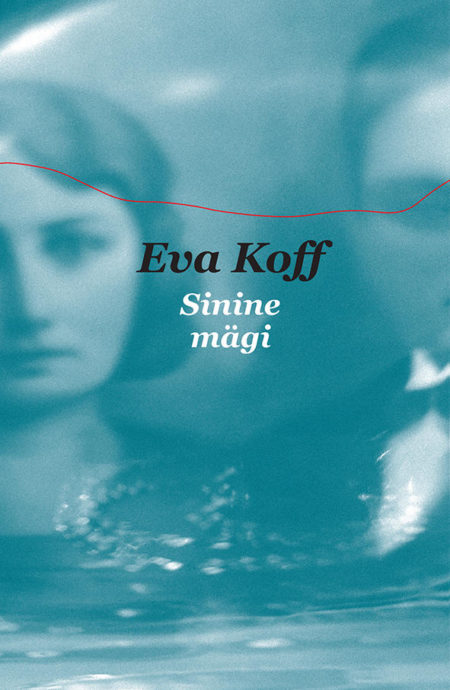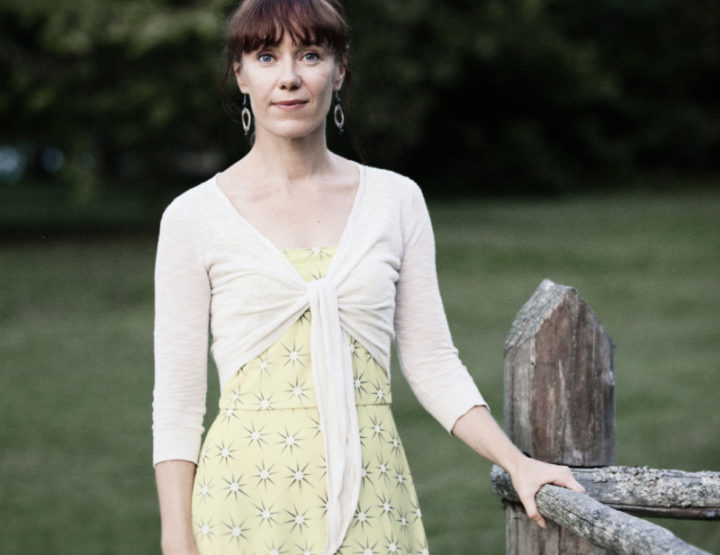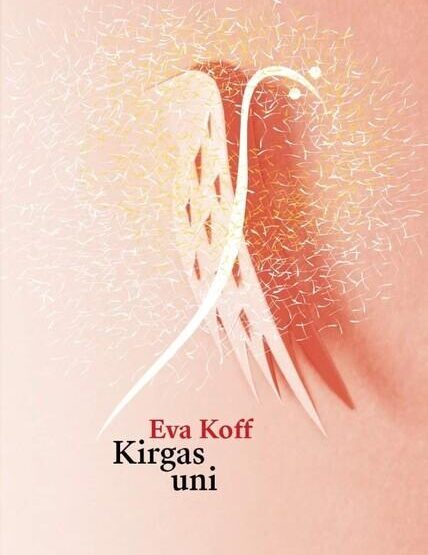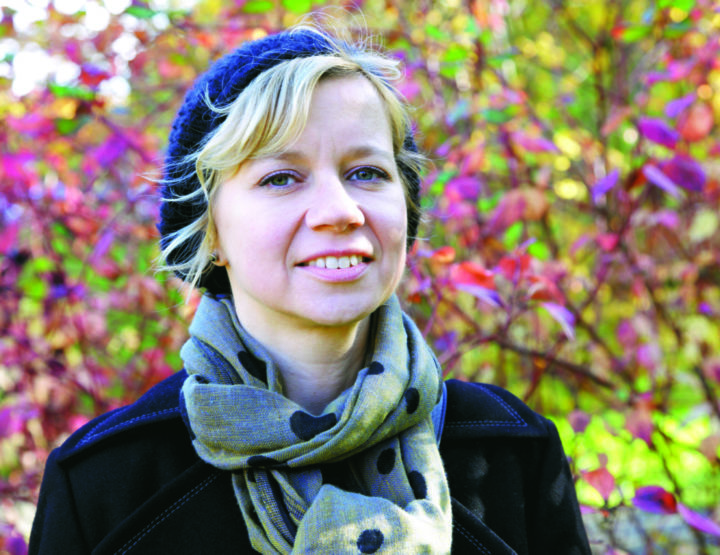Eva Koff, Sinine mägi (Blue Mountain)
Tallinn, Varrak, 2017. 440 pp
ISBN 9789985342213
Eva Koff’s Blue Mountain, which shared 2nd and 3rd places in the Estonian Writers’ Union’s 2017 novel competition, is a part of a wave of historical fiction that has swept the Estonian literary landscape during the last few years. Whereas describing the Estonian female experience in the mid-20th century has been greatly monopolized by Sofi Oksanen’s formidable body of work, Koff takes a different approach, focusing mostly on the first and last two decades of the century and mentioning the intervening period only in passing.
While the book features a large cast of characters, it focuses primarily on three of them. The protagonist at the beginning and end of the novel is Liis, a high-school student in 1980s Tallinn who later goes on to study medicine at the University of Tartu. The middle section of the book shifts to her great-aunt Adele and her grandmother Elfi at the beginning of the 20th century.
While the novel’s foreground is occupied by the labyrinthine nature of life and love – a fleeting and always imperfect phenomenon – as well as the reasons why people make the decisions they make, the societal particularities of the era play out in the background. Large portions of the book deal with the nature of war and all its horrors, to which there does exist a flip-side of perverse benefits. “Nowhere else in the world would a surgeon learn more; nowhere else in the world is training that bears such a high price organized.”
Koff, who works as a French teacher and has written children’s books and plays, cites many authors and literary works in her novel, including those by Fernando Pessoa, Marcel Proust, and Marie Under. Her portrayal of life’s labyrinth, where every dead-end has a door that leads to the next path, is clearly Borgesian. Koff’s treatment of closeness and otherness borders on the phenomenological: is it possible to really know another person at all?
The narrative is non-linear, jumping back and forth in time with every chapter (and occasionally within the chapter itself), and passing events are used as titles. This makes the novel puzzle-like, with the causes behind certain courses of action becoming clear only several pages later.
Erik Aru (1978) is an Estonian journalist who has been writing literary criticism mostly for Eesti Päevaleht since 2010. He is also a PhD student in economics at University of Tartu.




